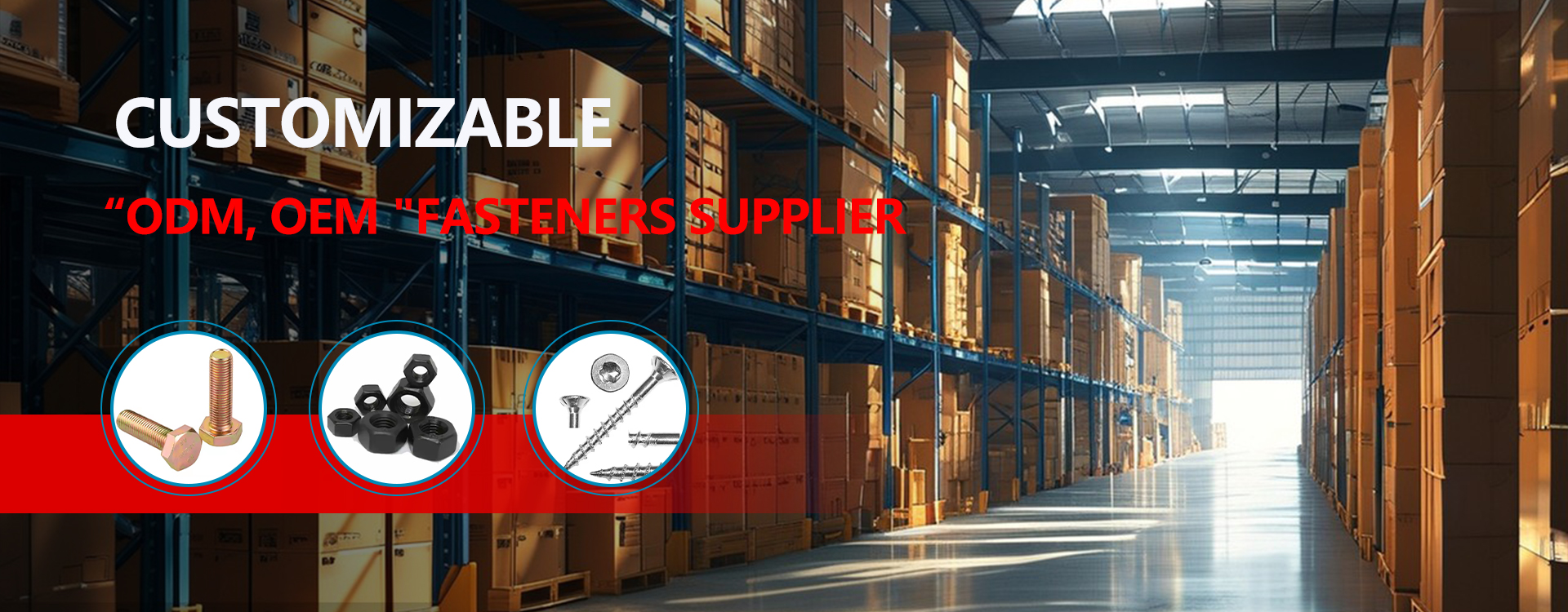

Choosing the right drywall anchor can save you time, frustration, and potential damage to your walls. This guide covers everything you need to know about selecting, installing, and using drywall anchors for various applications, from hanging lightweight pictures to supporting heavier items. We'll explore different types of anchors, their weight capacities, and best practices for ensuring a secure hold.
Unlike solid wood or concrete, drywall is a relatively weak material. Standard nails or screws often pull right through, especially when supporting heavier items. Drywall anchors are designed to spread the load across a larger area of the drywall, preventing pull-through and ensuring a secure hold. The choice of anchor depends entirely on the weight of the item you're hanging and the type of drywall.
There's a wide variety of drywall anchors available, each suited for different needs. Here are some of the most common types:
Selecting the correct drywall anchor is crucial for safety and longevity. The weight capacity varies greatly depending on the type and size of the anchor. The following table provides a general guideline, remember to always check the manufacturer’s specifications for precise weight limits.
| Anchor Type | Weight Capacity (lbs) | Suitable for |
|---|---|---|
| Plastic Anchor (Small) | 5-10 | Pictures, small shelves |
| Plastic Anchor (Large) | 10-20 | Medium-sized mirrors, light fixtures |
| Metal Anchor (Small) | 15-30 | Medium-sized shelves, heavier pictures |
| Metal Anchor (Large) | 30-50 | Large mirrors, heavy shelves |
| Toggle Bolt | 50+ | Heavy objects, such as heavy mirrors or cabinets |
Note: These are approximate values. Always refer to the manufacturer's instructions for specific weight capacity information.
Proper installation is key to a secure and long-lasting hold. Follow these steps for best results:
For a wide selection of high-quality drywall anchors, visit your local hardware store or explore online retailers. Remember to check customer reviews before making a purchase. For large-scale projects or bulk purchases, consider contacting a supplier like Hebei Muyi Import&Export Trading Co.,Ltd for competitive pricing and excellent service. They offer a wide range of products for construction needs, so you're sure to find what you need!
Selecting and installing the appropriate drywall anchor is essential for safely hanging various items in your home or workplace. By understanding the different types of anchors and following the installation best practices outlined above, you can ensure a secure and lasting hold. Remember to always refer to manufacturer instructions for specific weight limits and installation procedures.

Please enter your email address and we will reply to your email.